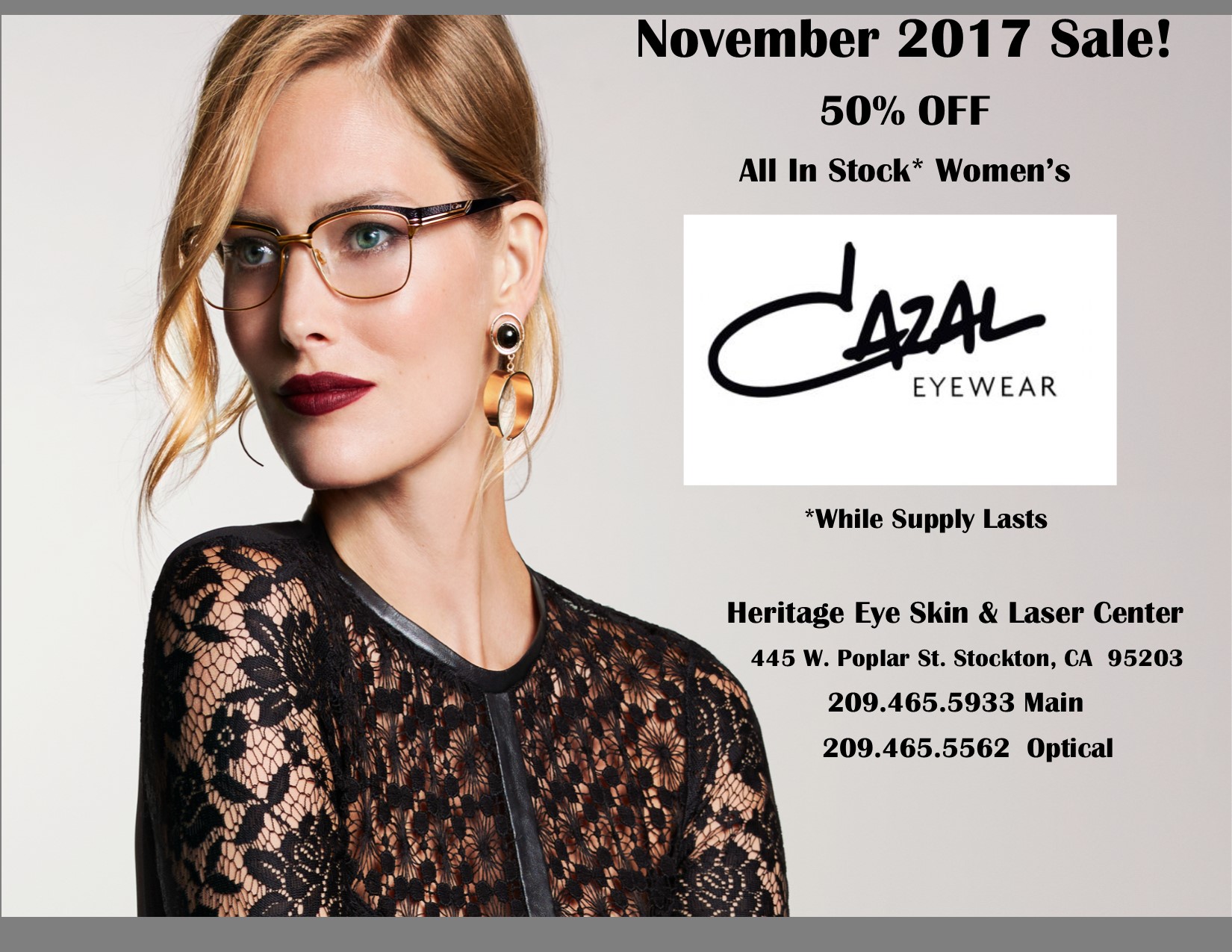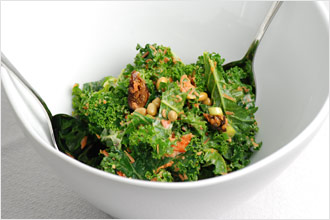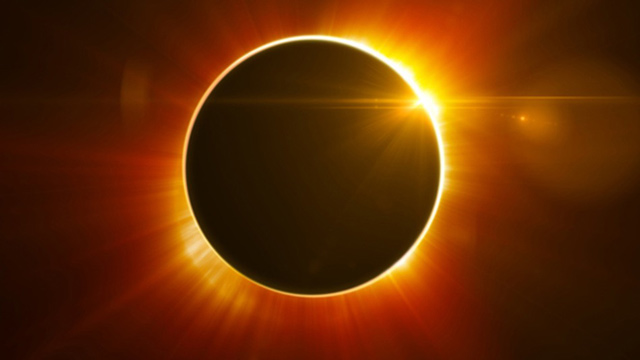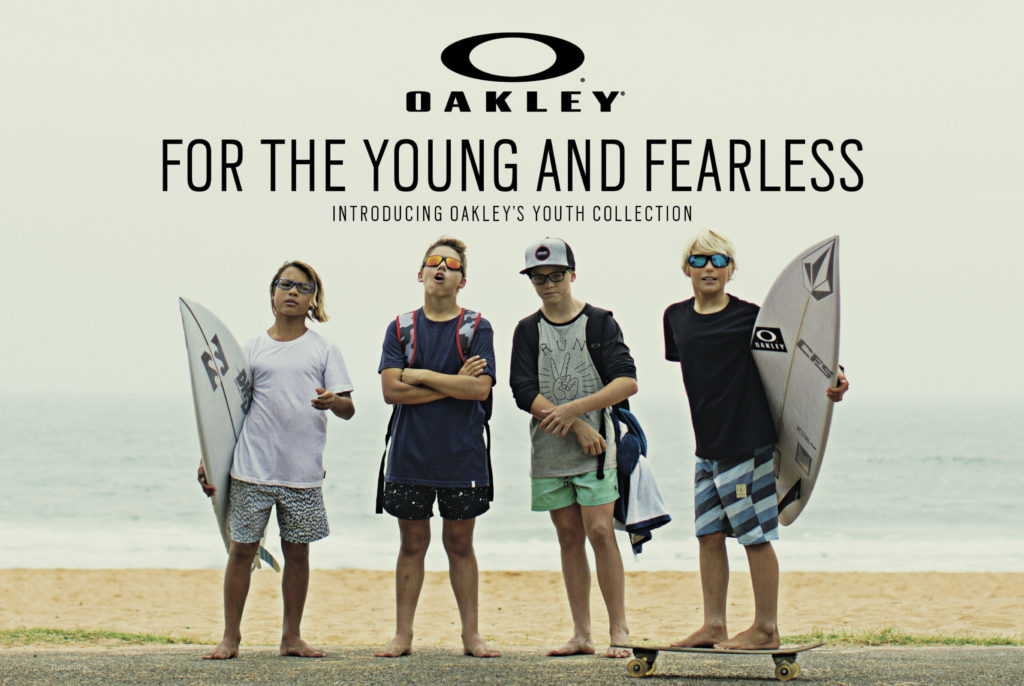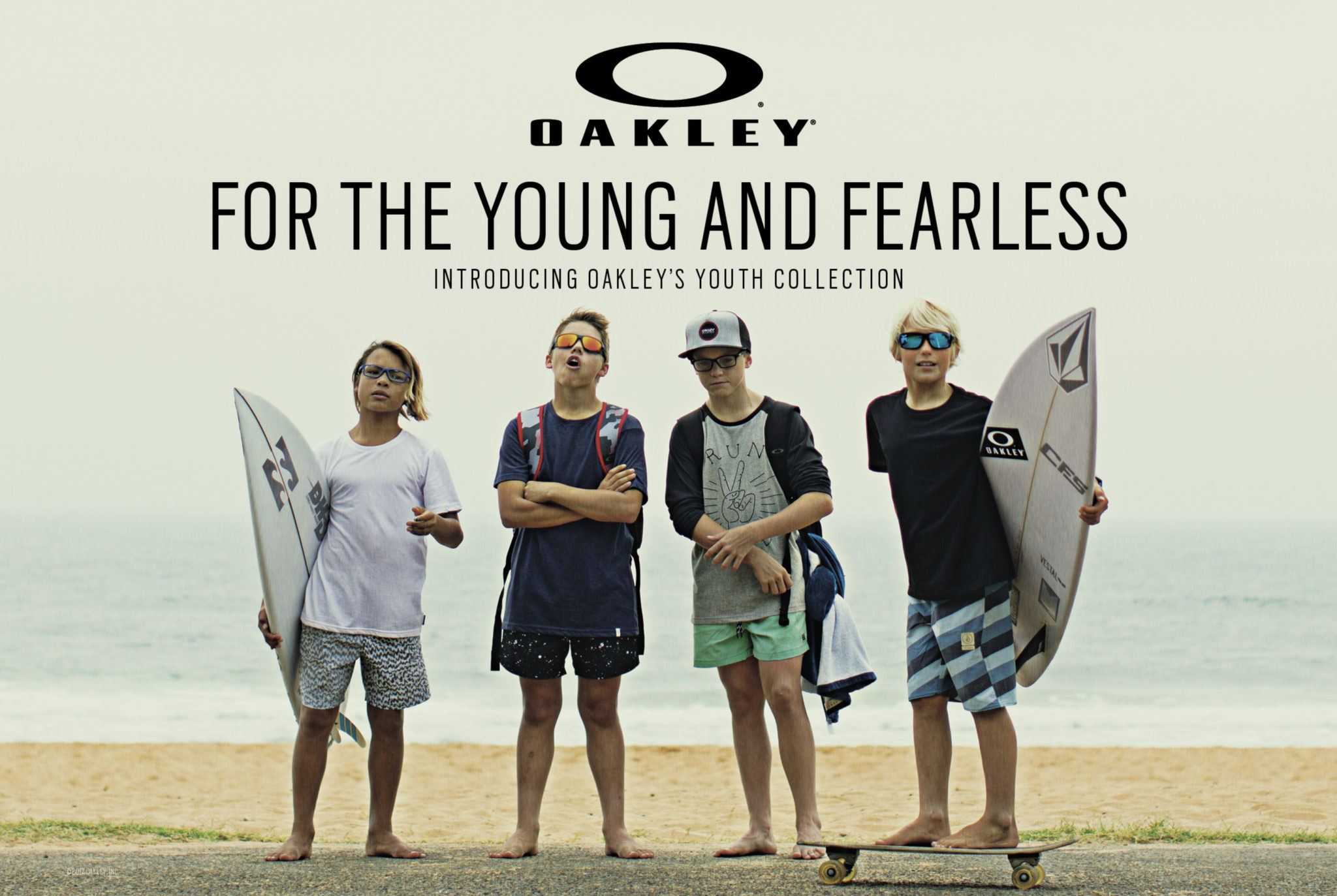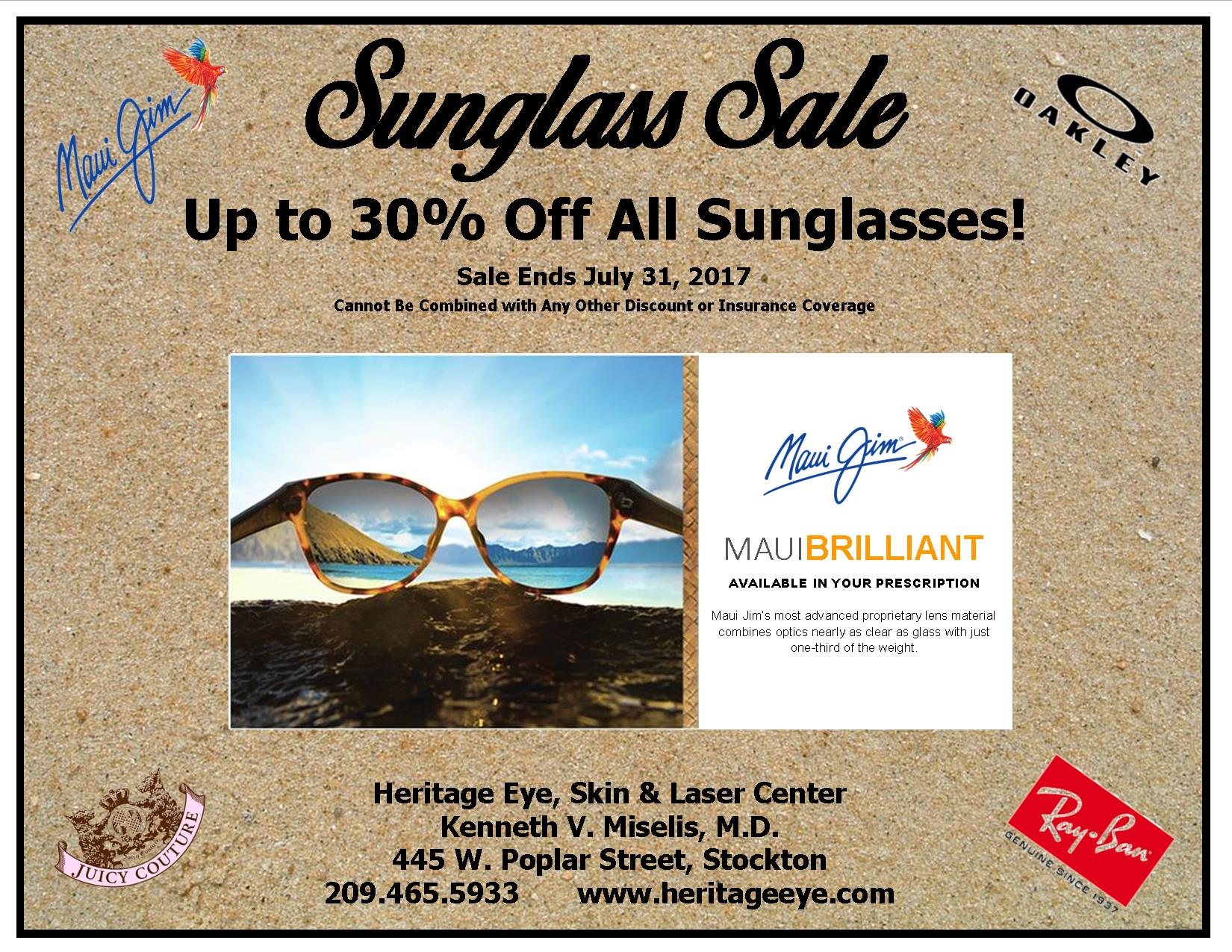10 Reasons To Avoid Cheap Glasses
By Gary Heiting, OD
Have you considered purchasing cheap glasses online? Or maybe you’ve been tempted to buy cheap sunglasses at a mall kiosk…or cheap
reading glasses at a discount store?
After all, why should you pay hundreds of dollars for prescription eyeglasses when cheap glasses look every bit as good, right?
As much as we all want to avoid spending hard-earned money unwisely, deals that seem too good to be true when buying glasses are no different than deals that sound too good to be true when buying anything else — you may save money up front, but the product often doesn’t live up to your expectations.
And when it comes to eyewear, some cheap glasses can actually cause harm to your eyes that you’re not even aware of.
Cheap Glasses: Buyer Beware
Being a wise eyewear consumer requires a little due diligence to understand factors that affect the quality and value of eyeglasses and sunglasses.
Here are 10 things to be aware of if you’re considering cheap eyeglasses or sunglasses:
Frame durability is just one factor that separates cheap glasses from quality eyewear.
1. Know what’s being cut to offer lower prices.
Online retailers that sell cheap eyeglasses and sunglasses often say they can offer low prices because they don’t have the same expenses associated with a “brick-and-mortar” store, such as the high rent paid in retail shopping areas.
But what they often don’t tell you is their lower prices come with a hidden cost — you no longer get the personalized attention and fitting expertise of a qualified optician. That’s a huge part of the value equation.
Instead, you’re on your own to select a frame and lenses for your cheap glasses and hope for the best.
2. Beware of claims of “same top quality.”
Sellers of cheap eyeglasses and cheap sunglasses are quick to claim they are providing glasses of the “same top quality” as eyewear you purchase from your local eye care professional.
But how do they determine that?
The fact is, there are significant differences in the scratch resistance of different lenses and lens coatings, different levels of optical performance among different lens materials and brands, and different levels of comfort and durability among different frames — even among frames with the same brand name.
Also, many online retailers who sell cheap prescription glasses fabricate the lenses in their own optical labs rather than using a wholesale optical laboratory that specializes in providing this service to eye care professionals. And while this might help you get your cheap glasses quicker than eyewear purchased in an optical store, in some cases quality of the finished product may suffer.
3. A bigger selection often isn’t a better selection — it’s just more confusing.
Online retailers of cheap glasses point out that optical stores cannot match their vast virtual inventory of frames. This may be true. But how many of those hundreds or thousands of frames are a good fit for your head and face? And who will help you choose?
4. Virtual and home try-ons can’t insure satisfaction.
If you’re buying cheap glasses online, you often will have access to a “virtual try-on” feature — where you upload a forward-facing, closeup photo of yourself and you can then superimpose images of different frames on your face to see how they look.
Quality children’s eyeglasses should include impact-resistant polycarbonate lenses and a durable, adjustable frame.
But while a virtual try-on can give you a rough idea of how you’ll look wearing different frames, it can’t tell you anything about how the frames will feel. It also can’t demonstrate the detailing and workmanship of the frame.
Also, depending on the quality of the virtual try-on tool, the size of the eyewear might not be accurate — the frames might look larger or smaller than they actually are. And it’s not unusual for the color of the actual frame to look noticeably different than the color shown online.
Even if an online retailer sends you a sample of frames to try on at home before you make your final purchase, you won’t know whether the glasses will be too heavy after the prescription lenses are added…or how thick those lenses will be. This is especially important if you are sensitive to the weight of eyeglasses because you have sinus problems or delicate skin.
All these potential problems can be avoided by being fitted with glasses in person by a skilled optician.
5. Cheap sunglasses can do more harm than good.
Cheap sunglasses sometimes look nearly identical to premium quality sunglasses. They can even seem to provide equal performance in bright sunlight. But they also can be doing more harm than good.
Lens color and darkness are not indicators of how well your sunglasses protect your eyes from UV. The only way to know for sure is to ask your eye care professional.
The level of protection sunglasses provide to shield your eyes from the sun’s harmful ultraviolet (UV) rays has nothing to do with the color or darkness of the lenses. And it’s impossible for you to feel how well your eyes are being protected from these damaging rays while you’re wearing the sunglasses.
So it’s possible for two different pairs of sunglasses to look (and even feel) the same, but one is providing a much better level of eye protection than the other.
Cheap sunglasses — even those labeled “polarized” and “100% UV protection” — often allow harmful violet (“near-UV”) and blue light to penetrate the eye and potentially cause damage over time.
Your eye care professional can explain which trusted brands of sunglass lenses offer the best protection from harmful rays and the preferred visible light transmittance for your outdoor activities and visual needs.
6. Cheap reading glasses can cause eyestrain — or worse.
Cheap reading glasses sold in discount stores can help you see more clearly up close if you’re over age 40 and experiencing the normal age-related loss of focusing called presbyopia.
But it’s easy to choose the wrong power, and the optical quality of cheap reading glasses typically is not as good as a customized pair of glasses for computer use and reading.
Also, cheap reading glasses often provide no protection from high-energy blue light emitted from computer screens and other digital devices. [Learn why blue light from digital devices may be harmful.]
7. Cheap eyeglass frames can cause skin irritation — or worse.
At first glance, some cheap eyeglass frames may look like more expensive frames. But often, they are made of low-grade materials that can cause skin irritation over time. Cheap plastic frames can get bleached by UV rays and the finish can roughen after a few months of wear. Cheap metal frames often contain nickel alloys that can cause skin irritation; others can discolor your skin.
Also (and more disturbing), cheap eyeglass frames and cheap sunglasses occasionally are recalled and removed from the market because they contain lead paint or other toxic substances.
8. Can you be sure sellers of cheap glasses will be around tomorrow?
Warranties on eyeglasses and sunglasses are only as good as the reliability of the retailer who provides them. Can you really trust an online start-up or mall kiosk to honor a warranty on their cheap glasses and sunglasses?
9. Does the “At this price, I’ll buy two pair of glasses and still save money” argument make sense?
The bargain basement price of some cheap eyeglasses and sunglasses makes it tempting to buy several pairs. But does it really make sense to spend money on something as important as eyewear when there’s a good chance it won’t be durable enough to last more than a few months?
And what if the quality of your vision with cheap glasses and sunglasses isn’t as good as it should be? What do you do then?
10. Cheap eyeglasses and sunglasses can rob you of the opportunity to see and look your best — and fully protect your eyes for a lifetime of good vision.
Though you may see acceptably well with cheap glasses, are you really seeing your best and doing everything you can to protect your eyesight?
A knowledgeable optician can educate you about the latest advances in eyeglass lens technology, including:
Even if you choose only one or two of these premium products, it will help you come closer to seeing your absolute best and/or more fully protecting your eyes from injury and damaging radiation.
Budget-Stretching Tips When Buying Glasses
So what can you do if you or your family members need glasses and you want the best value possible?
Here are a few tips to help you stretch your budget and get all the benefits of high quality eyeglasses and prescription sunglasses:
- Take advantage of your vision insurance benefits. Many people fail to use the vision insurance plans(such as VSP and EyeMed) that they are enrolled in as part of their benefits package at work. These plans essentially work like a gift card program — just show your card and you get significant discounts on eye care and quality eyewear. Your HR representative at work can help you locate a participating eye care provider.
- Ask about bundles. Many optical stores provide a discount on premium eyewear products such as anti-reflective coating, photochromic lenses and progressive lenses if you purchase them as part of a bundled package. Ask your optician for details.
- Know the terms and conditions of warranties. Premium eyewear can be a better value than cheap glasses if it comes with a warranty against lens scratches and frame materials and workmanship. Warranties are particularly valuable if you work or live in a harsh environment and for children’s eyeglasses. Ask your optician to explain the terms and conditions of warranties included with your eyeglasses and sunglasses.
Also, ask your eye care professional about possible discounts for multiple purchases, special promotions on specific frames and lenses, and financing plans for eyewear purchases to make quality eyewear more affordable. 
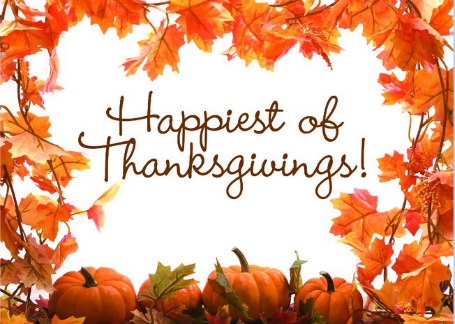
 .
.

